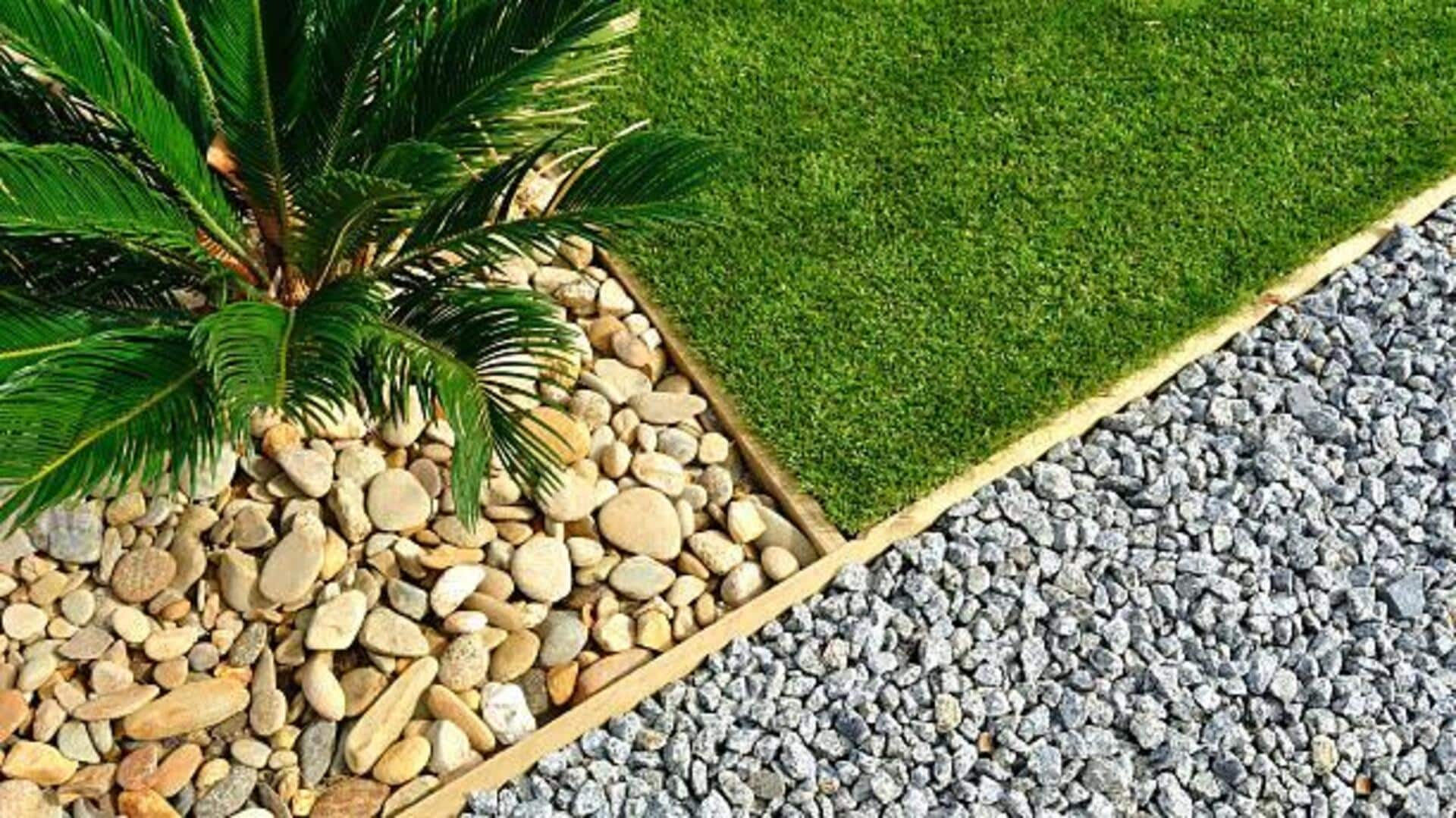
Why your houseplants need pebbles
What's the story
Using pebbles for indoor plant drainage is a practical way to ensure healthy plant growth.
Proper drainage prevents water from pooling at the bottom of pots, which can cause root rot.
By adding pebbles, you create a barrier that lets excess water drain out while keeping essential moisture in.
This technique is easy and economical, making it suitable for both novice and experienced gardeners.
Here's how to use pebbles right.
Selection
Choosing the right pebbles
Choosing the right kind of pebbles is essential for proper drainage.
Go for small to medium-sized stones which are clean and free from any impurities.
River rocks or aquarium gravel are common choices because of their smooth surfaces and sizes available in.
However, do avoid very fine gravel, as it may compact over time, making it less effective to ensure proper drainage.
Placement
Layering technique
The layering technique involves putting down a layer of pebbles at the bottom of your plant pot before adding soil.
This layer serves as a reservoir, draining away excess water from the roots but keeping some moisture within reach of the plant's roots.
Make sure this pebble layer is about one inch thick for best results.
Advantages
Benefits of using pebbles
Using pebbles in plant pots provides much more than improved drainage.
These stones keep the soil from getting compact, so that the roots can breathe and grow healthier.
They also maintain a balance by draining excess water but retaining the necessary moisture.
Apart from utility, pebbles also add the much-needed decorative touch, enhancing the aesthetic appeal of indoor plants.
This simple addition can significantly improve plant health and visual interest.
Care instructions
Maintenance tips
Regular maintenance keeps your pebble system working for you over time. Check for any salt or dirt buildup on the stones from time to time and rinse them if required to keep them working.
Also, keep a close eye on your plants' watering needs, as different species thrive in different conditions in terms of moisture levels in their soil environment.